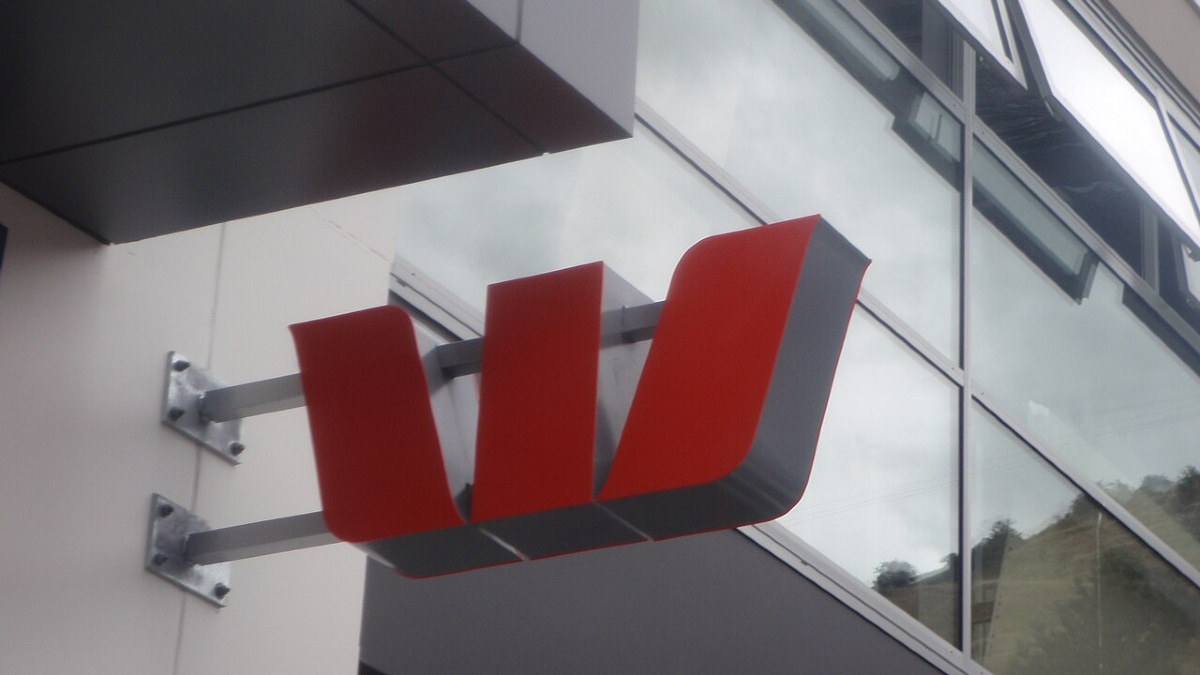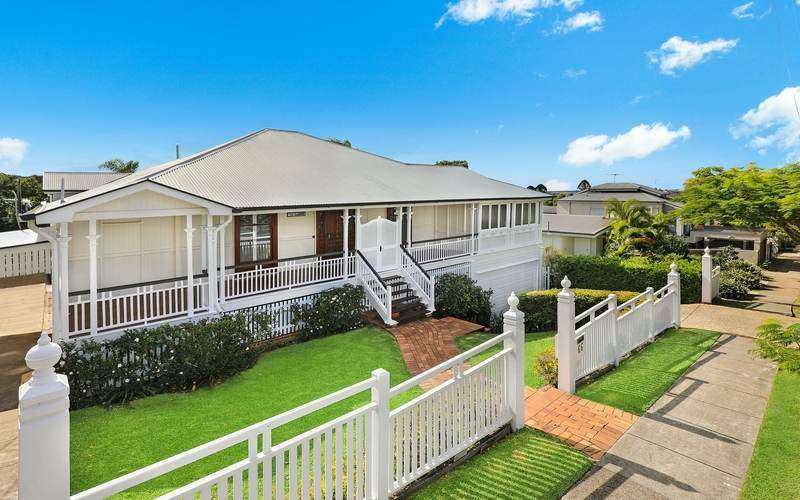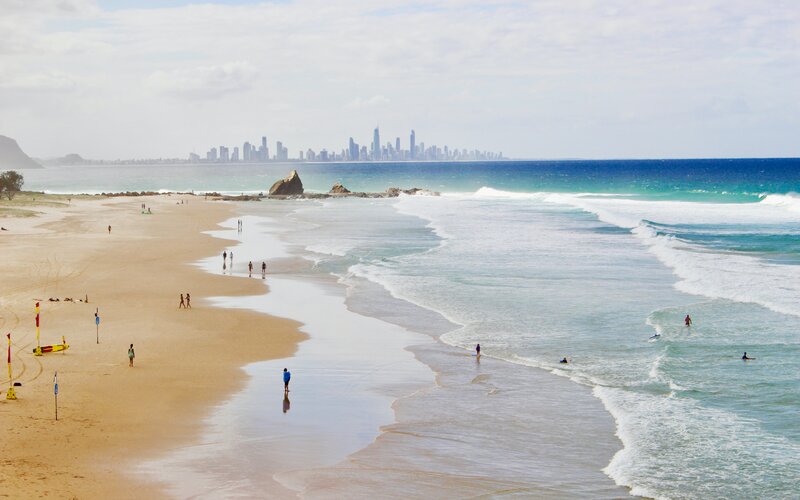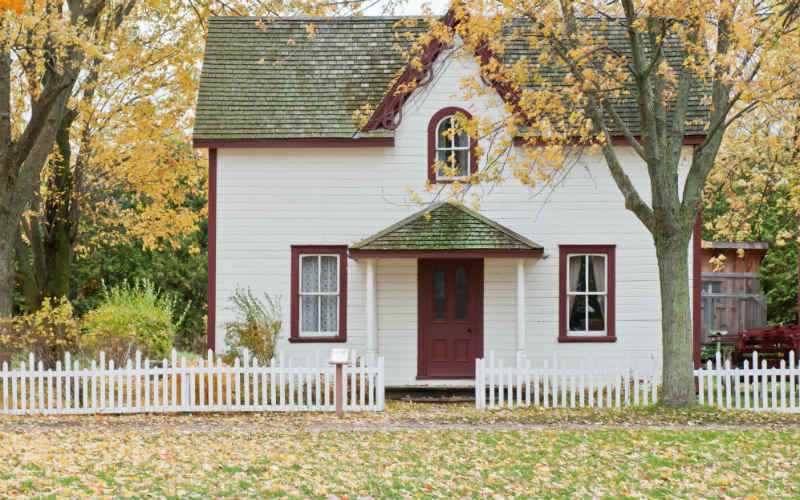The sweeping changes came on Tuesday, with the biggest features of the policy including investors not being able to claim mortgage interest as a tax deduction against rental income, and a tightening of the 'bright line test' criteria, or capital gains tax (CGT).
New Zealand's tax deductions for mortgage interest is similar to Australia's negative gearing, except here investors can claim a tax deduction against all sources of income, rather than just rental income.
The policy will apply to all investment properties in New Zealand (except for new builds) purchased on or before 27 March.
Over the next four years, deductibility will be removed for all existing investment properties, whittled down to:
- 75% claimable by 1 October 2021
- 50% claimable by 1 April 2023
- 25% by 1 April 2024
- and 0% by 1 April 2025.
For capital gains tax, the 'bright line test' has been extended from five to 10 years for existing dwellings, meaning profits on the sale of properties within a decade of buying could be hit with a tax of up to 39% - New Zealand's top marginal income tax bracket.
New builds maintain the five-year rule.
In addition to changing the tax framework, the New Zealand Government has also put NZD $3.8 billion towards building new houses, while also increasing income thresholds on first home owner grants and loans.
New Zealand Prime Minister Jacinda Ardern said these policies will deliver a more sustainable housing market.
“This is a package of both urgent and long-term measures that will increase housing supply, relieve pressure on the market and make it easier for first-home buyers,” she said.
“The housing crisis is a problem decades in the making that will take time to turn around, but these measures will make a difference.”
These changes come after a new remit to the country's Reserve Bank (RBNZ) policies, to target housing sustainability.
In the new remit, RBNZ, which also acts as prudential regulator, recently put a throttle on residential lending in an effort to curb rapid house price rises.
From 1 May:
- LVR restrictions for owner-occupiers will remain at a maximum of 20% of new lending at LVRs above 80%.
- LVR restrictions for investors will be further raised to a maximum of 5% of new lending at LVRs above 60%.
This means that most new owner occupiers in New Zealand need a 20% deposit and most new investors need a 40% deposit.
See Also: Is Australia in a Housing Bubble?
Westpac NZ acting chief economist Michael Gordon pointed to some of the benefits and risks associated with these policies.
"This will significantly change the arithmetic for highly-leveraged investors, tipping the playing field in favour of owner-occupiers and cashed-up investors. We estimate that house prices could settle around 10% lower over the long term," he said.
"However, there could be much greater effects in the short term as some investors exit the market.
"We support the general direction of this move. We have been highlighting for many years that financial factors, including the tax treatment of property, are the major driver of house price movements.
"However, we think that limiting deductibility, rather than removing it altogether, would achieve the same purpose with a less disruptive impact."
Will Australia follow New Zealand?
Property prices across Australia rose 3.6% in 2020, a year when many economists predicted price falls of anywhere from 10% to 30%.
According to the Real Estate Institute of New Zealand (REINZ) house price index (HPI), values increased 21.5% year-on-year to February.
"The importance of the HPI is well highlighted by the Wellington Region this month. The median sale price increased 24.0% since February 2020, a good-looking result but ‘only’ the eighth highest year-on-year result of all 16 regions," REINZ chief Bindi Norwell said.
In Auckland, the house price median sits at NZD $1.1 million while the nationwide median is $665,000.
According to the 2021 Demographia International Housing Affordability report, Auckland is the 6th least affordable city for housing in the world.
New Zealand's statistics department indicates that the median full-time weekly wage is NZD $1,189, versus Australia's AUD $1,711.60.
Investors are also a much bigger subset of buyers in New Zealand, with 40% of sales in the December quarter going to owners of multiple properties.
In contrast, Australia's investment space has been subdued, with investors making up less than a quarter of the value of loans written in January according to the Australian Bureau of Statistics (ABS).
Investment expert Peter Switzer said it's unlikely in the near term that Australia will put a clamp down on property speculation.
"Price rises so far haven’t been all that huge and anyway - RBA Governor Phil Lowe wants our house prices to rise to help rescue the economy," Mr Switzer said.
"It means we have time before APRA does a 'Soup Nazi' (to quote Seinfeld) and make banks say: 'No loans for you!'"
Mr Switzer predicted that Australia's prudential regulator APRA won't force its hand "until 2022 at the earliest".
"The Kiwis have a bigger property price problem. And we know our RBA boss Dr Phil Lowe wants a booming economy. That’s why he’s virtually promised to keep interest rates around these levels until at least 2023," he said.
"When our houses are more expensive, we feel wealthier and we then spend more and help create more jobs. Dr Phil wants a tight labour market to create higher wages. And that’s when he’ll say ‘let rates start rising’."
An RBA discussion paper released yesterday found "excessive household debt can weigh on household consumption".
Buying a home or looking to refinance? The table below features home loans with some of the lowest interest rates on the market for owner occupiers.
| Lender | Home Loan | Interest Rate | Comparison Rate* | Monthly Repayment | Repayment type | Rate Type | Offset | Redraw | Ongoing Fees | Upfront Fees | Max LVR | Lump Sum Repayment | Additional Repayments | Split Loan Option | Tags | Row Tags | Features | Link | Compare | Promoted Product | Disclosure |
|---|---|---|---|---|---|---|---|---|---|---|---|---|---|---|---|---|---|---|---|---|---|
5.79% p.a. | 5.83% p.a. | $2,931 | Principal & Interest | Variable | $0 | $530 | 90% |
| Promoted | Disclosure | |||||||||||
5.74% p.a. | 5.65% p.a. | $2,915 | Principal & Interest | Variable | $0 | $0 | 80% |
| Promoted | Disclosure | |||||||||||
5.84% p.a. | 6.08% p.a. | $2,947 | Principal & Interest | Variable | $250 | $250 | 60% |
| Promoted | Disclosure |
Photo: Jacinda Ardern sworn in as Prime Minister of New Zealand, 2017. Source: Governor General NZ on Wikimedia

Ready, Set, Buy!
Learn everything you need to know about buying property – from choosing the right property and home loan, to the purchasing process, tips to save money and more!
With bonus Q&A sheet and Crossword!






 Denise Raward
Denise Raward


 William Jolly
William Jolly
 Rachel Horan
Rachel Horan

